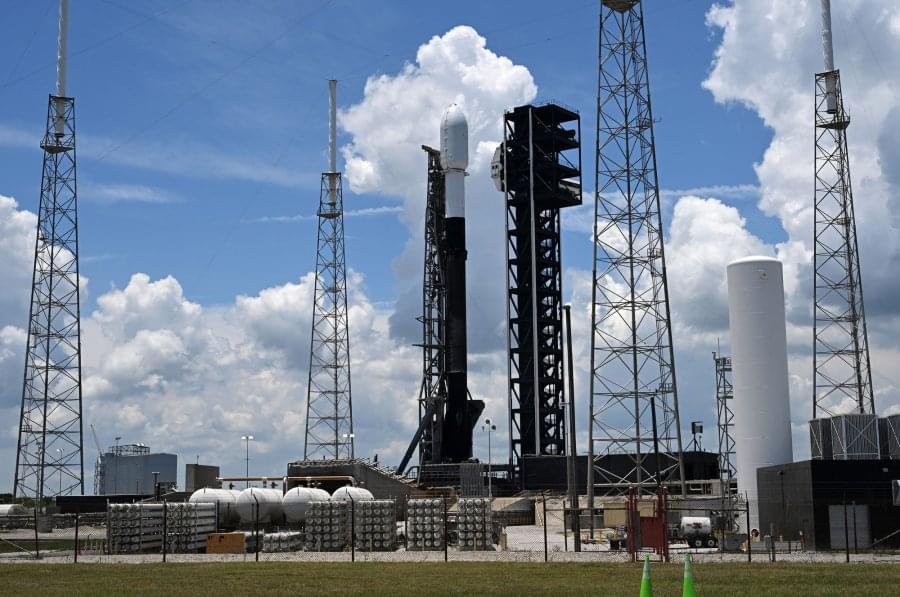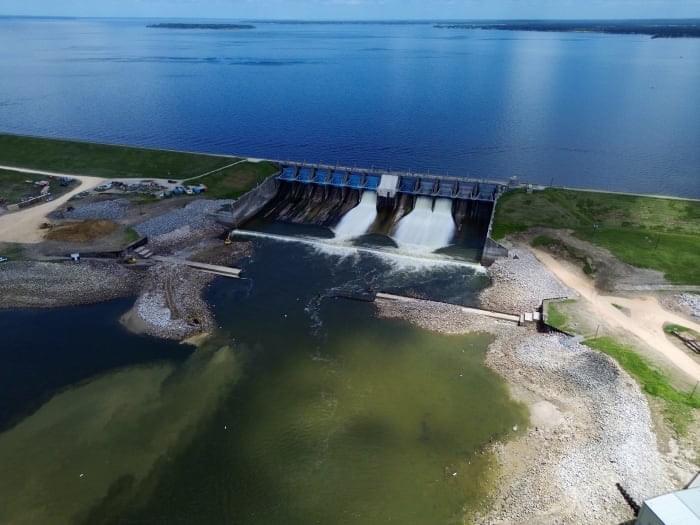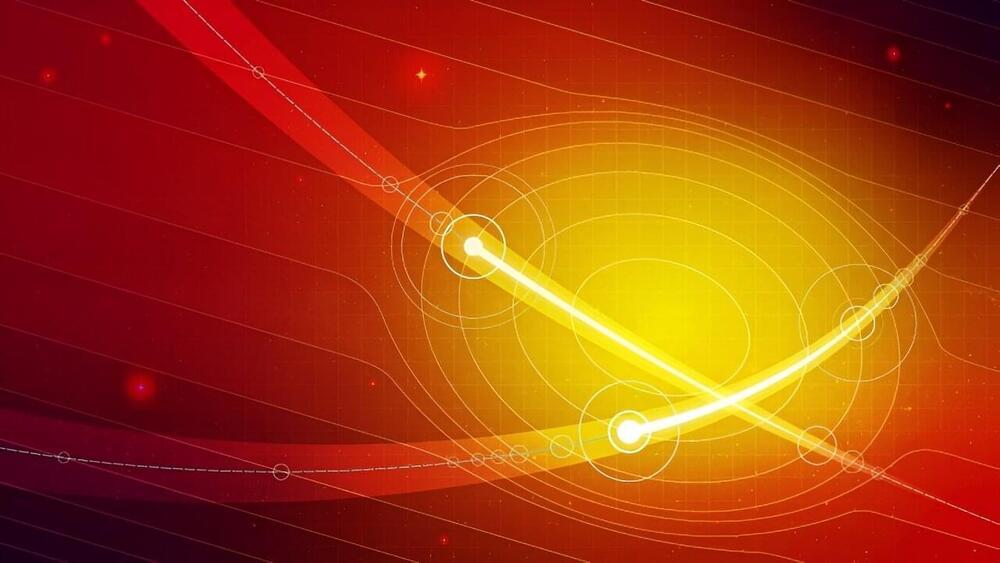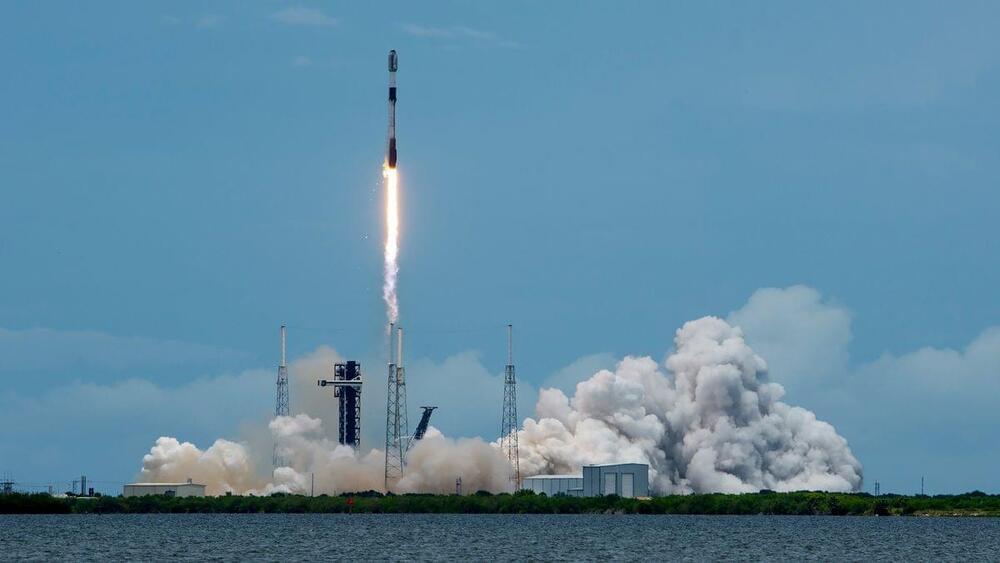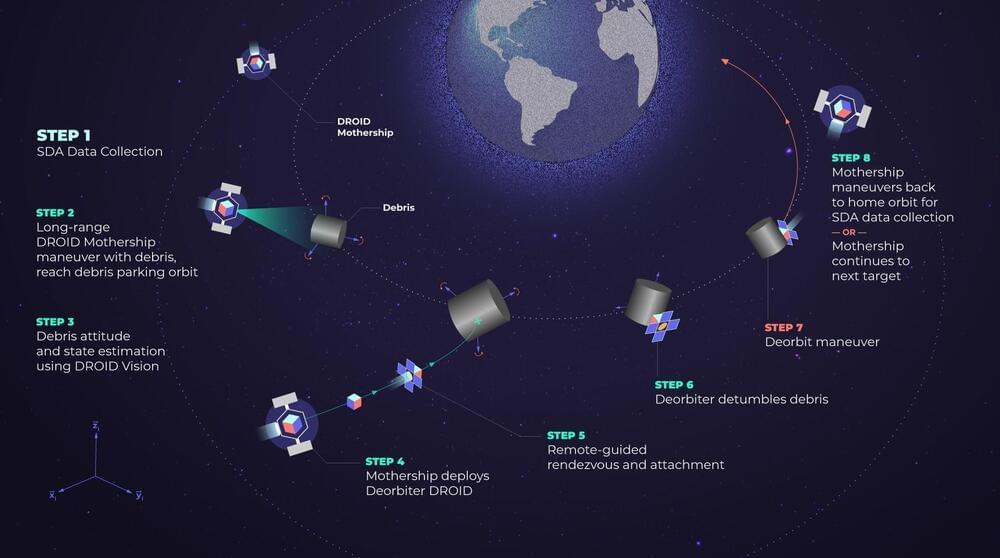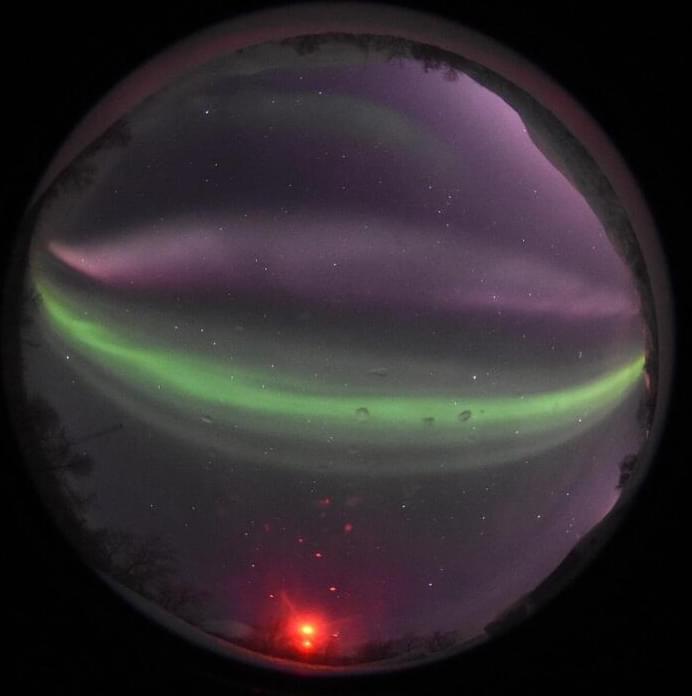Jul 8, 2024
Planned SpaceX launch from Florida to carry first satellite built entirely in Turkey
Posted by Genevieve Klien in category: satellites
July 8 (UPI) — SpaceX is targeting a Monday afternoon launch at Cape Canaveral Space Force Station of a Falcon 9 rocket carrying aloft Turkey’s first home-grown communications satellite.
The launch at 5:21 p.m. EDT can be viewed online.
Turkey has had satellites launched before but this is the first one to be entirely built in the Middle East nation. Turkey is just the 11th country capable of manufacturing its own communications satellites.
